Modifying the Squat to Get Rid of Hip Pinching
Follow The Movement Fix on instagram @themovementfix
Need more hip and low back mobility? Start with Day 1 of our Hip/Low Back Mobility Program for free:
Modifying the Squat to Get Rid of Hip Pinching | Ep. 114 | Movement Fix Monday
The Problem
That feeling of pinching or tightness in the front of your hips during or after squatting is a common thing people experience after increasing the volume of squatting, attempting to increase their squatting depth, or new athletes first squatting.
There are a number of reasons this can happen and things that can cause this discomfort and pain. There are a number of structures in the front of the hip that can be causing this:
- Iliopsoas tendon
- TFL
- Hip socket
- Hip labrum
- Rectus femoris tendon
- etc
The biggest concern with modification isn't identifying which structure it most likely is. The concern with modification is how do we train pain free and find a modification (aka another training option!!).
As I said last week, I don't enjoy telling athletes they're modifying. I tell them they're finding pain free training options.
Where Do We Start?
1. Stance
When trying to find pain free training options, the first thing I consider is 'can I change the squat width and degree of toe out'?
From there, I will tweak the combo of stance width and degree of toe out to see if there is a pain free stance.
(for more info on anatomically why this happens, click here)
2. Pelvic Positioning
If unsuccessful stance and toe out modification, the next thing to consider is pelvic positioning (which you'll primarily see as low back positioning since they're attached). If you low back is really arched (in extension) that rotates your pelvis in a way that closes down your hip flexion early.
Try flattening the low back back to neutral more, lock your positioning in, and squat. If this gets rid of the discomfort, there may just be positioning issues.
We don't always think of the hip joint as being where the femur meets the pelvis, but that's what it is. Move the pelvis and you are moving the hip joint.
3. Depth Changes
If there isn't a stance or pelvic positioning change that can be made, moderating depth is the next option. For this we can use a box squat to avoid getting into the hip position that causes hip discomfort. I know we all want everyone to be a perfect mobility robot and have everything available to them at all times, but that is living in a dream.
The reality is things can get sensitive and pressure in that area causes issues. If that is the case with the tissues in the front of the hip, the pain free training option should avoid stressing those tissues.
4. Squat Type
If box squats aren't preferred or tolerated, going into a split squat or lunge can be a training option for the legs that doesn't aggravate the hip.
5. Not Squatting
This is kind of stupid sounding, but if squatting really hurts the hips, you should be not squatting for awhile. There are tons of ways to train the legs without getting into a lot of hip flexion. Want to wreck your quads without stressing the hip joint a ton? Do some backwards walking sled drags and let me know how that goes for you.
Options and Modifications
So are these modifications? Are they just training options? The small tweaks can have huge impacts. Having a working system for each lift is critical for making good decisions for yourself and your athletes/clients.
This is what drove Dr. Dan Pope and I to put together a whole course on how to modify workouts when athletes are having pain, which is now available! Check it out here.
Thanks for reading,
Ryan
What to Read Next
Commonly Misunderstood Words in Movement and Mobility
Commonly Misunderstood Words in Movement and Mobility In this post I will be sharing my thoughts on common words used in the movement and fitness world with a focus on how to better define them conceptually, and where applicable, mathematically. Each day...
How to Stretch Shoulder Extension
How to Stretch Shoulder Extension Learn how to stretch your shoulder extension Want better shoulder mobility? Download Day 1 of our Shoulder Mobility Program for free: Option 1 For many people, option 1 will be the best option, especially if...
Three Position Band Pull Apart
Learn how to correctly perform the 3 position band pull apart to improve your shoulder and upper back strength and mobility
Why Shoulders HAVE to Move Differently
All shoulders have to move differently and stretching won't fix every problem. Learn how the anatomy affects overhead lifting.
Get all our latest articles sent directly to your inbox
Comments

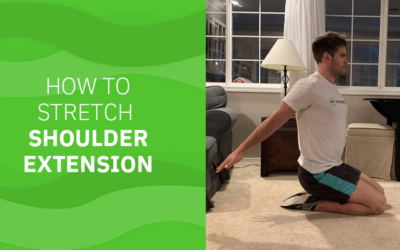
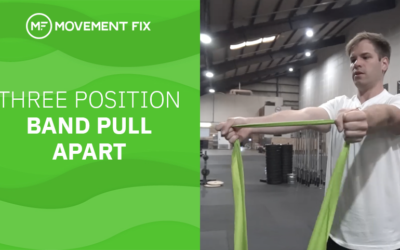
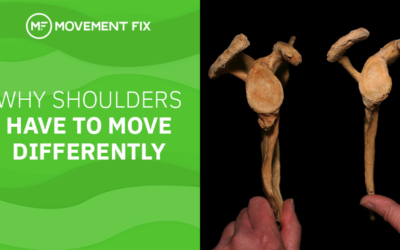

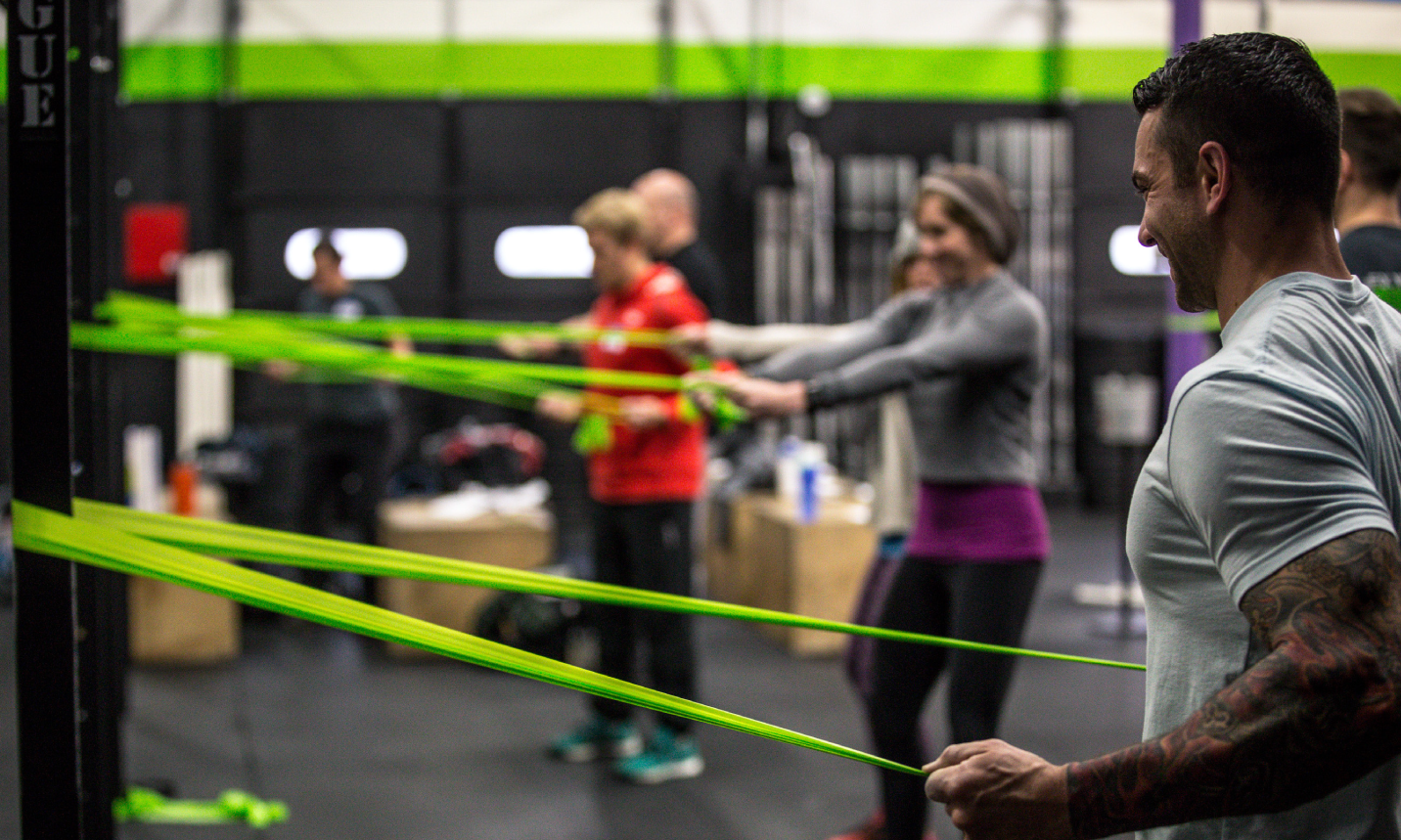
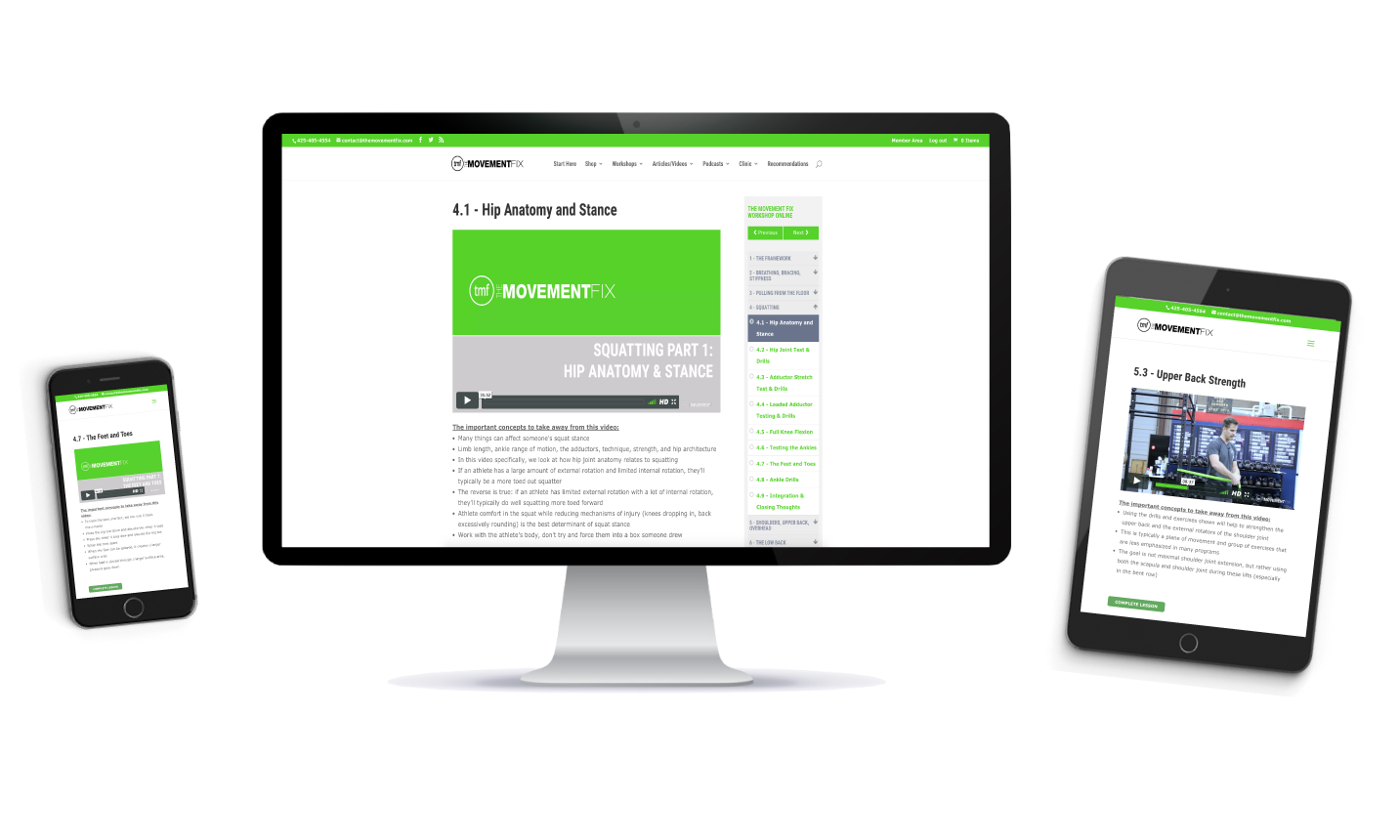
[…] Why People HAVE to Squat Differently - Modify the Squat to Get Rid of Hip Pinching - Improve Squatting Mobility - Basic Anatomy of Stretching the Calves - A Better Way to Stretch […]